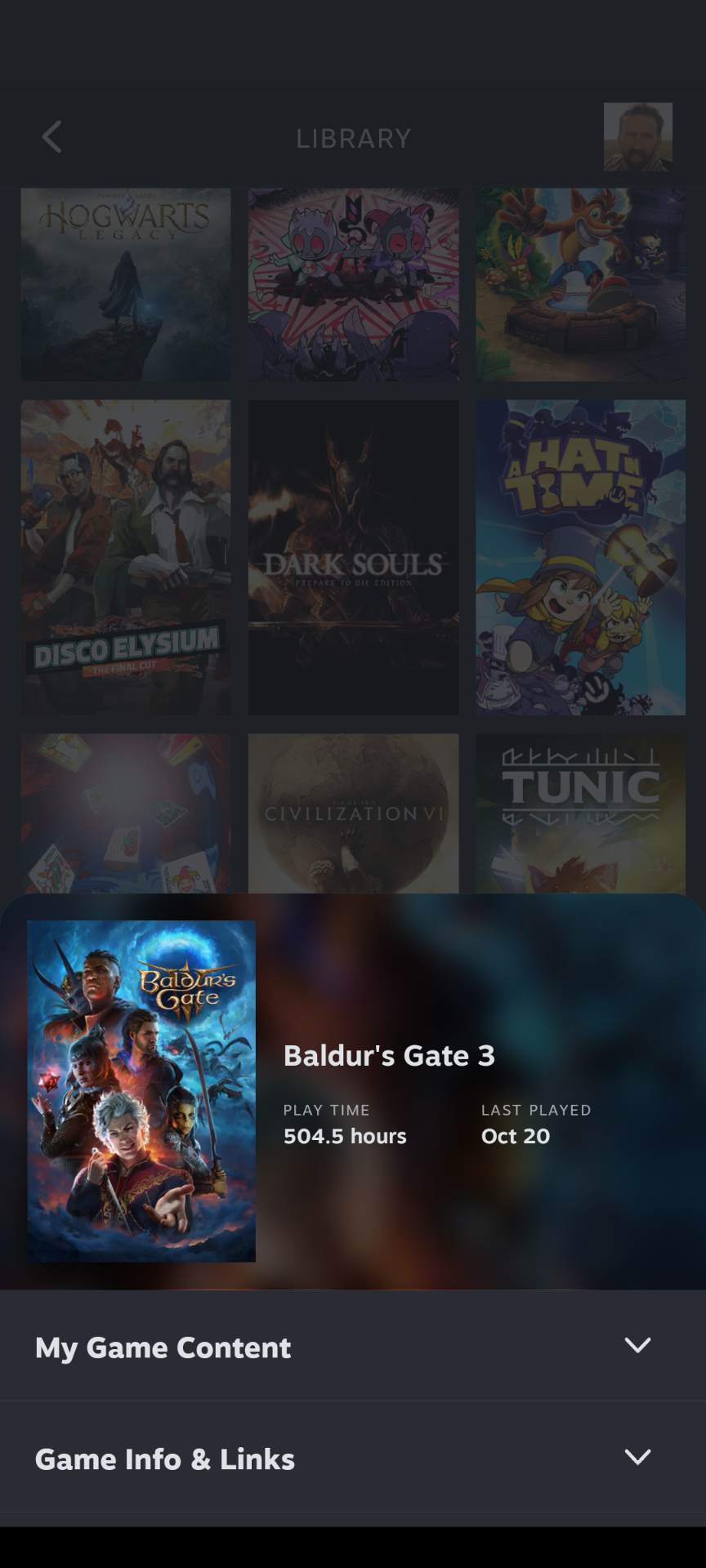

It’s not FOSS and you need an account but in a pinch and for just learning it’s really good.


It’s not FOSS and you need an account but in a pinch and for just learning it’s really good.


FreeCAD is great but has some certain limitations you may run into with more complicated projects.
Onshape is amazing given you can use it for free but… It has other types of limitations regarding ownership and licencing (for free version).


I’m at the point where I still miss some Windows functionality but at the same time I’ve been on Linux for half a year now and can say with absolute certainty that there are now things that I would miss from Linux if I switched back to Windows.
So both OS can now irritate me equally in different ways.


7800X3D went into EOL before 9800X3D released so it will no longer be made, the stock will go down and price will likely stay as it is at best.
When you try to run a thing that everyone assures you now works on Linux flawlessly but for some reason it does not work for you in particular so you dwell deep into troubleshooting and try everything possible until you break something but then you figure out how to make it work without breaking your system so you re-install OS and start again for it to just suddenly work without the workaround just so you stumble on the same scenario with another program.



Haven’t finished the game yet but this is my 11th Honor campaign


Where? Workstations at best.
I’m upgrading ASAP just for ROCM 6.2 because almost nothing seems to work ever since I’ve updated to 6.1.2 for some reason
TIL 1/3 of people don’t have Internet access
This is a test reply to test the functionality of the test comment.
deleted by creator


Just to add as we are discussing mainly ARM vs x86 now… that is just a small part of the whole device. Just look at the SD OLED vs LCD. They managed to have OLED screen that is significantly better than the LCD one while using less power on AVG which is a huge deal to battery life and it either allows you to compensate with more power to SOC to achieve better performance at the same battery life or take the saving and go with higher battery life… and that’s just screen.
Then they optimized the PCB layout, PCB components, etc… to get both better cooling and efficiency.
I think that what is currently holding them back is both the SOC available and the actual efficiency of given parts combined. Getting improvement in both areas at once will lead to a significant change but one or the other alone will not tip the scales towards significant upgrade.


Yes it did not have Lunar Lake to which I said “Regrading their newest chips, I have no clue as of right now.” because we really don’t have any significant testing done at low power for these chips for gaming to compare with SD.


As was already mentioned, I’m not discussing ARM. ARM has its own issues with compatibility on top of the Windows to Linux compatibility.
Not sure what you mean by Intel. MSI Claw showed quite abysmal performance at low power vs SD. Regrading their newest chips, I have no clue as of right now.


Nothing yet surpassed Zen2 low power efficiency in the SD. And by low power I mean under 10W power/performance.
New chips scale quite a bit better above 10W though.
Also I’m not sure if that’s actually the HW limitation or just Valve tuning of the power behaviour. It’s possible they can throw in Zen5 and tune it to that efficiency level while getting significant performance uplift over Zen2 at the same power.
Regarding GPU we will need much faster memory support to get any significant advantages even with RDNA4 as most iGPUs are starved for memory bandwidth anyways, not saying that RDNA4 wouldn’t be an improvement, just that it won’t be as big as a leap as it could be with faster memory.
Thanks. That’s a good ELI5. Fortunately I managed to make sense of it before your reply but the link to environment variables is highly appreciated. As I already replied to someone else, I had no idea PATH was a global/environment variable and just assumed it’s telling me to specify path so I had no idea I need to RTFM as it confused me greatly and on top of that I did another mistake which confused me even more when I finally managed to get it to do correctly which made me think I am doing it wrong.
I gave up at CMAKE finally as I really need to RTFM more on that as it started to throw many errors at me.
I’m fine with RTFM but I had no idea PATH is a global variable and I assumed it’s telling me to specify path to something. So I had no idea I need to RTFM because I did not RTFM to understand that I need to RTFM. After the first reply pointed me the right direction I managed to make sense of it. Though english is not my first language and some of the terms are just over my head so I had to RTFM with dictionary which took a lot of time for me to finally understand because I was doing another thing wrong on top of that which specifically was
I had to do ~/SCALE_PATH instead of the confusing example of $(SCALE_PATH} as trying nvcc --version did absolutely nothing even though the path was correct
I’ve been on Linux since April so I’ve stumbled a lot but got many things to work, it just takes me a lot of time to get trough it and I’ve really stumbled on this one. Getting ROCM to work was a breeze and most recently getting PyTorch with ROCM to work for AI generative models on AMD. I’ve also finally started to tinker with toolbox a lot more and finally understand the benefits of it.
Well, I progressed quite a bit and learned a lot more than I knew until now but I give up. This is way over my head, I’ll stick to using ROCM for now. Thanks for pointing me in the right direction at least.
I honestly can’t wrap my head around how to use Mastodon. Idk how to search for things that would interest me.
I’m just glad Lemmy exists.